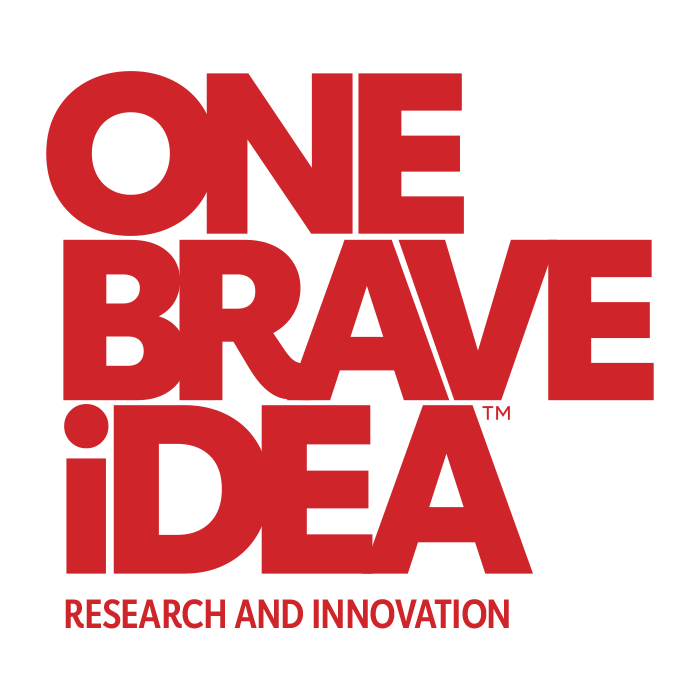This week’s grand opening of the One Brave Idea research center showcased a splashy, $75 million science project that brings together the American Heart Association, the Google life sciences spinoff Verily and the drug company AstraZeneca to fight heart disease.
A worthwhile goal. Heart disease remains the nation’s biggest killer, claiming the lives of more than 600,000 Americans a year.
Given that the project’s stated aim involves creating a better early warning system for heart trouble, I wanted to ask, could it have saved Petty?
Project leader Dr. Calum MacRae noted that sudden cardiac death — which may or may not have been the exact mechanism that killed Petty — has dropped in the last two decades. That’s thanks largely to advances with existing early warning systems — cholesterol, inflammation — that pick up potential signs of danger, he said.
“What we’re proposing is to move the needle even further back,” he said. “What we need to be able to do is use some of the tools of modern technology and modern biology, and put them together so that we can begin to identify not just disease but the very first transition from wellness.”
The “one brave idea,” explained Dr. Jessica Mega of Verily, is: “Instead of just going after heart disease and treating the illness once it’s happening, it’s trying to really get ahead of the curve.”
How? That’s the $75 million question. The medical details of Petty’s death have not been made public, but if his heart stopped out of the blue, that’s not unusual. Sudden cardiac arrest still hits about 350,000 Americans a year, and nine out of 10 of them die.
Currently, most early detection of heart disease is based on “things that we have measured for a hundred years,” MacRae said: blockages, electrocardiogram patterns.
The next frontier, said American Heart Association (AHA) CEO Nancy Brown, is to figure out the “combination of genetics and lifestyle factors and a person’s biology that may predispose some people to transition from wellness to disease.”
That could include medical monitoring that’s built into daily life rather than waiting until someone comes for medical care, MacRae said: an “ambient warning system — fire alarms and smoke alarms are in every house. They’re not dependent on you necessarily having to go to the fire station.”
Personal sensors for blood pressure, exercise and heart rate are becoming more common, he said. One Brave Idea aims to find new sorts of such tools to detect impending disease earlier and earlier, he said.
Another earlier warning method: testing for genes known to increase risk for heart disease.
It’s also important to “lump” heart disease less, MacRae said: “Even current disease is actually 30 or 40 different diseases. And as a result of lumping them together, we miss the opportunity to be able to understand the different causes by moving very much earlier in the disease, before they all start to look identical or very similar.”
So, then, maybe earlier and more granular scrutiny could detect a specific condition like whatever killed Tom Petty, and perhaps head off the medical crisis?
We don’t know exactly what Petty died from, MacRae said, “but there are now many tools that are in various degrees of exploration, and others that we hope to develop, that will allow us to identify each of the components of risk: the risk of blood pressure, the risk of cholesterol, the risk of the artery actually blocking,” and “the risk of the very first sign being an irregular heartbeat and sudden death.”
The ideal would be to identify everyone at risk, he said, because so many people die suddenly without previous symptoms. Their heart just stops.
“No matter how extensively we build infrastructure to open blocked arteries, if you don’t make it to the hospital, your artery can never be opened,” he said. “And that’s about half of all sudden deaths in the U.S. at the moment. It’s just critical.
“It’s not that nobody has thought about it before,” he added. “It’s just that we don’t have the tools at a population level to be able to identify someone precisely enough to know that we need to do something.”
For now, said Brown of the AHA, though Petty’s exact cause of death is not known, it’s a good moment to emphasize the importance of “every single one of us knowing CPR.”
And of course, the lifestyle wisdom for preventing heart disease stands: healthy diet, exercise, no smoking, blood pressure control.
The list continues — and that can be part of the problem, said Dr. Mega of Verily, a cardiologist: “I may see someone and say, ‘It’s very good to see you and you need to do a laundry list of 20 things’ ” for heart health.
That’s a lot to ask of a patient. But with a deeper understanding of subtypes of heart disease, she said, “we could focus our recommendations on things that would make the biggest impact.”
The One Brave Idea project has drawn some skepticism online. (See: “No, $75 Million Won’t Cure Heart Disease Or Reinvent Science,” which mentions “hype and hubris.”)
As its work now gets into gear, with a planned five-year time frame, the project will have a chance to prove the skeptics wrong — or right — aiming for rapid turnarounds so that if an idea fails, it fails fast. The $75 million comes in equal parts from Verily, AstraZeneca and the AHA, which is making its biggest single research investment ever.
Whatever happens with One Brave Idea, more progress on heart disease is clearly needed. The good national news on cardiovascular disease over recent decades has back-slid a bit in the last couple of years, Brown said.
“There has been this wonderful 40-year decline in death rates” she said, “that now has spiked back up.”
